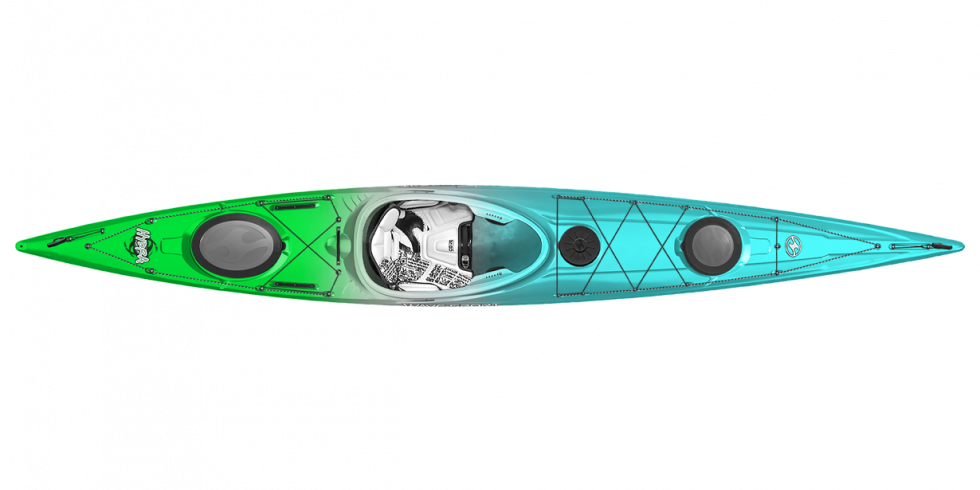
HYDRA 145 CORE WhiteOut
Like a sea monster from the deep, the Hydra possesses plenty of attitude and can certainly hold its own in the big stuff.
Learn More
Like a sea monster from the deep, the Hydra possesses plenty of attitude and can certainly hold its own in the big stuff.
Learn MoreJoin the Wave Sport Email Community
Be in the know about all things Wave Sport. We'll keep you up-to-date with our latest news, product info, team activities, events and new releases!
